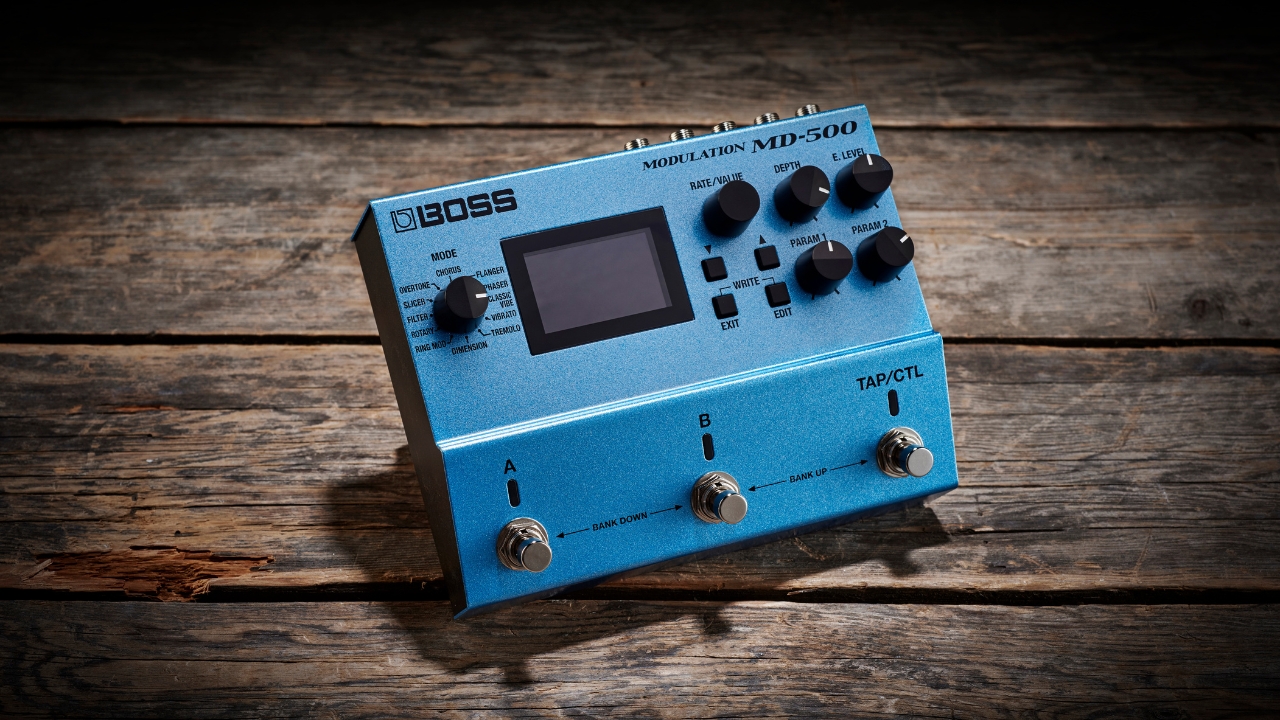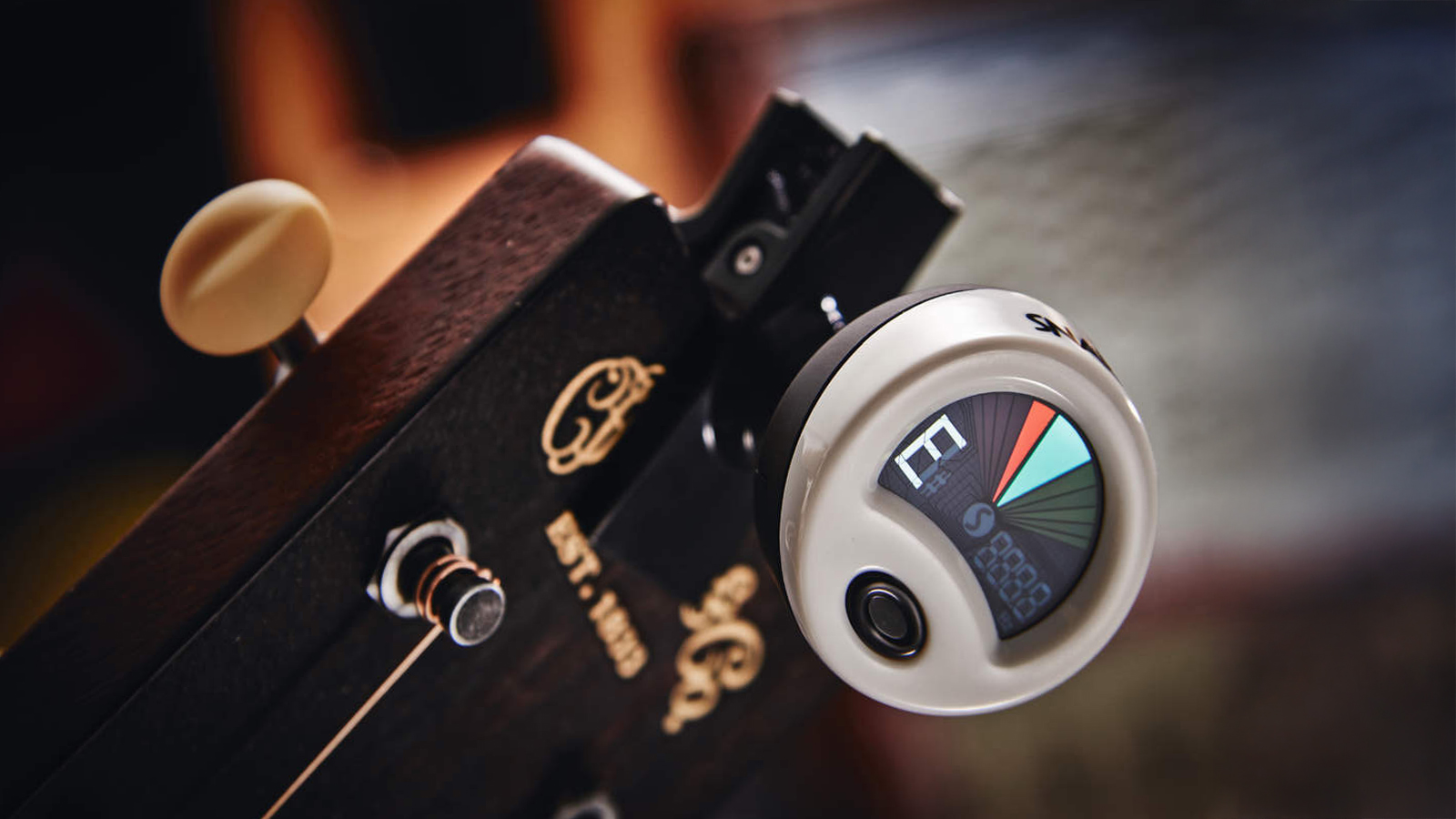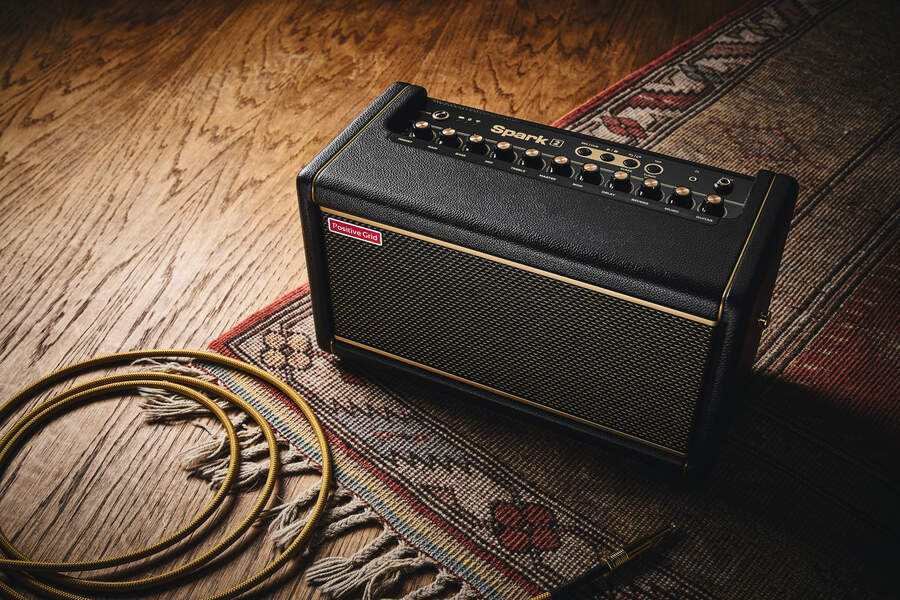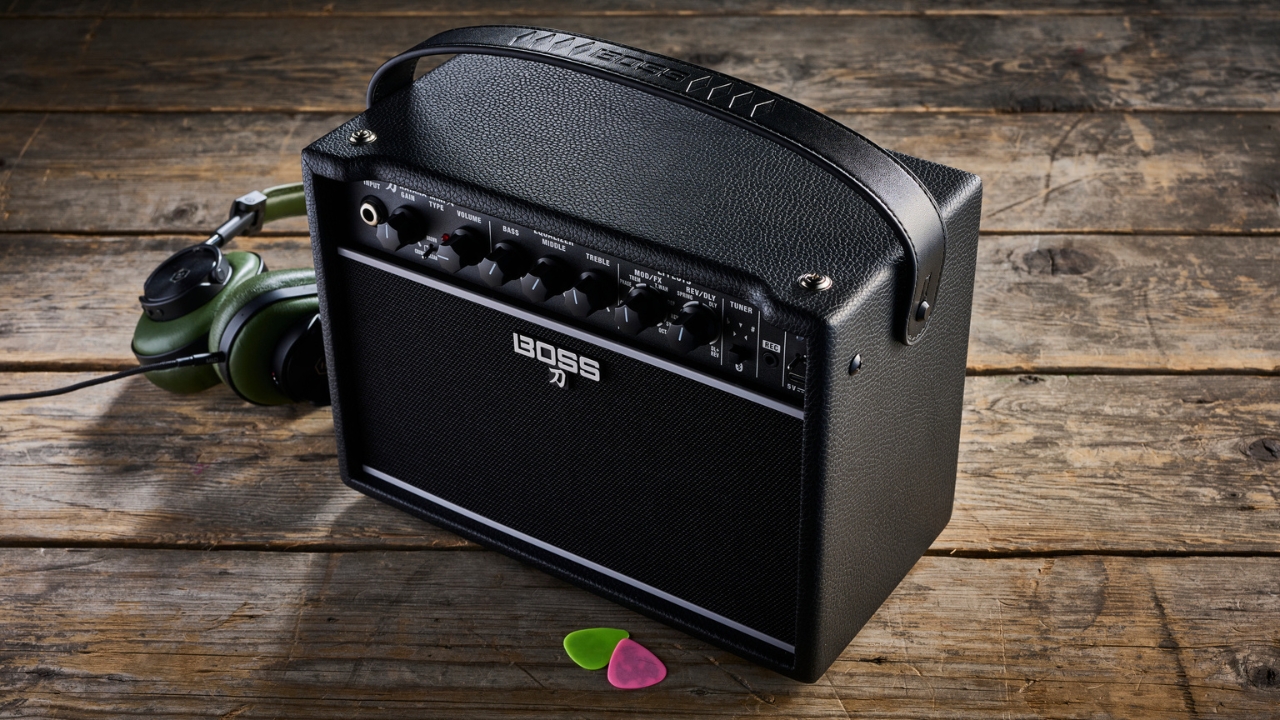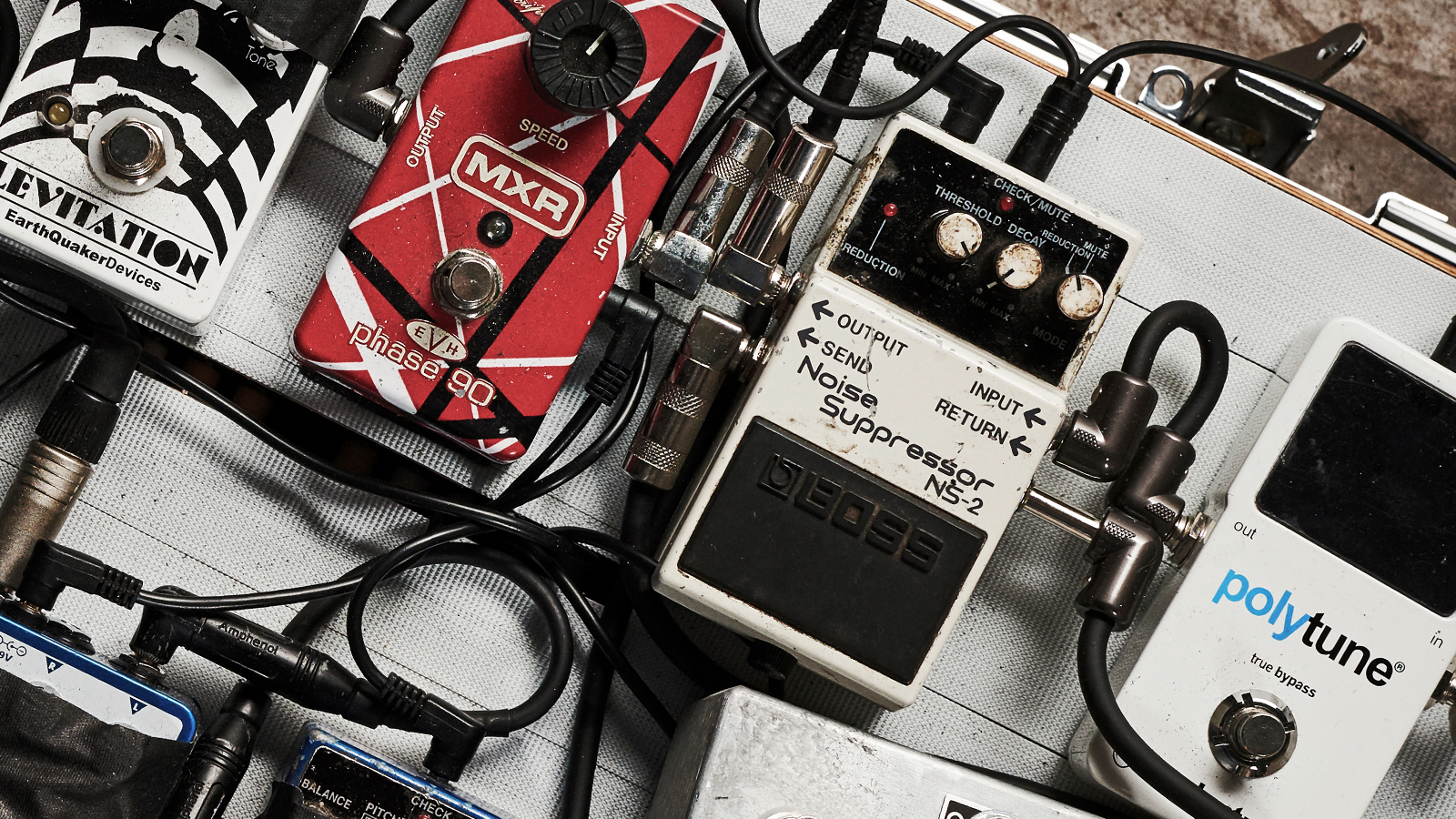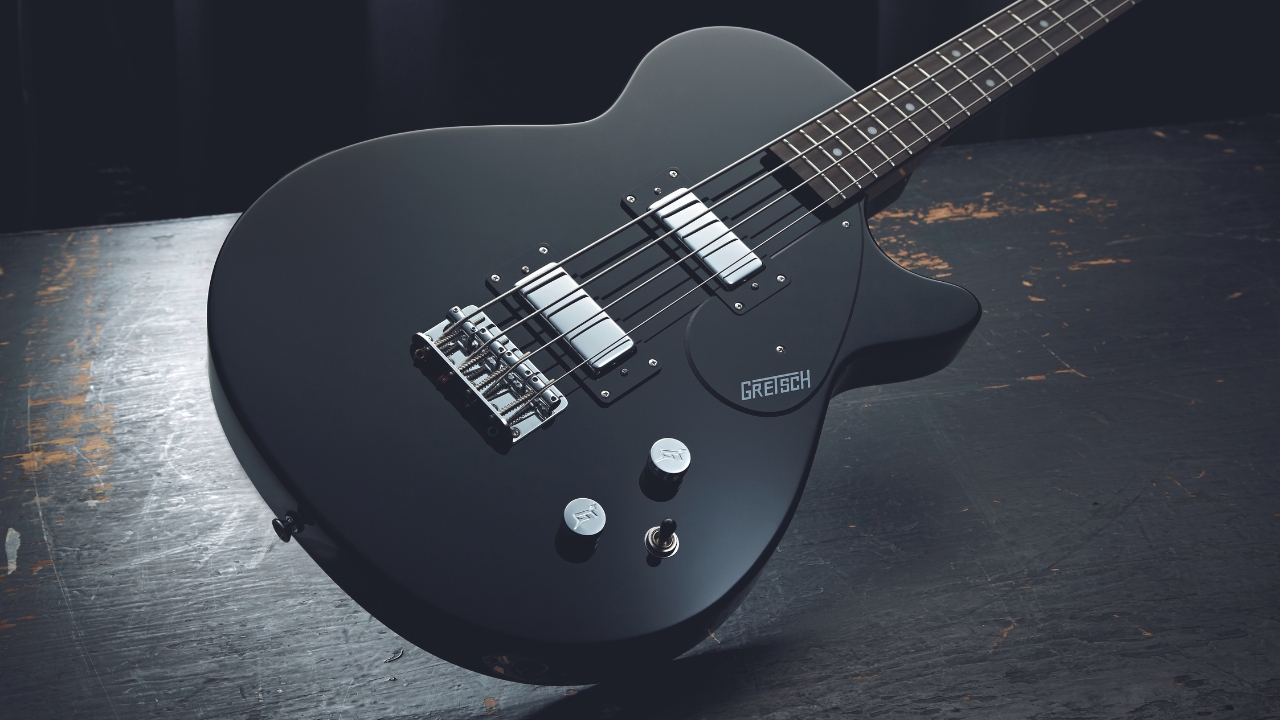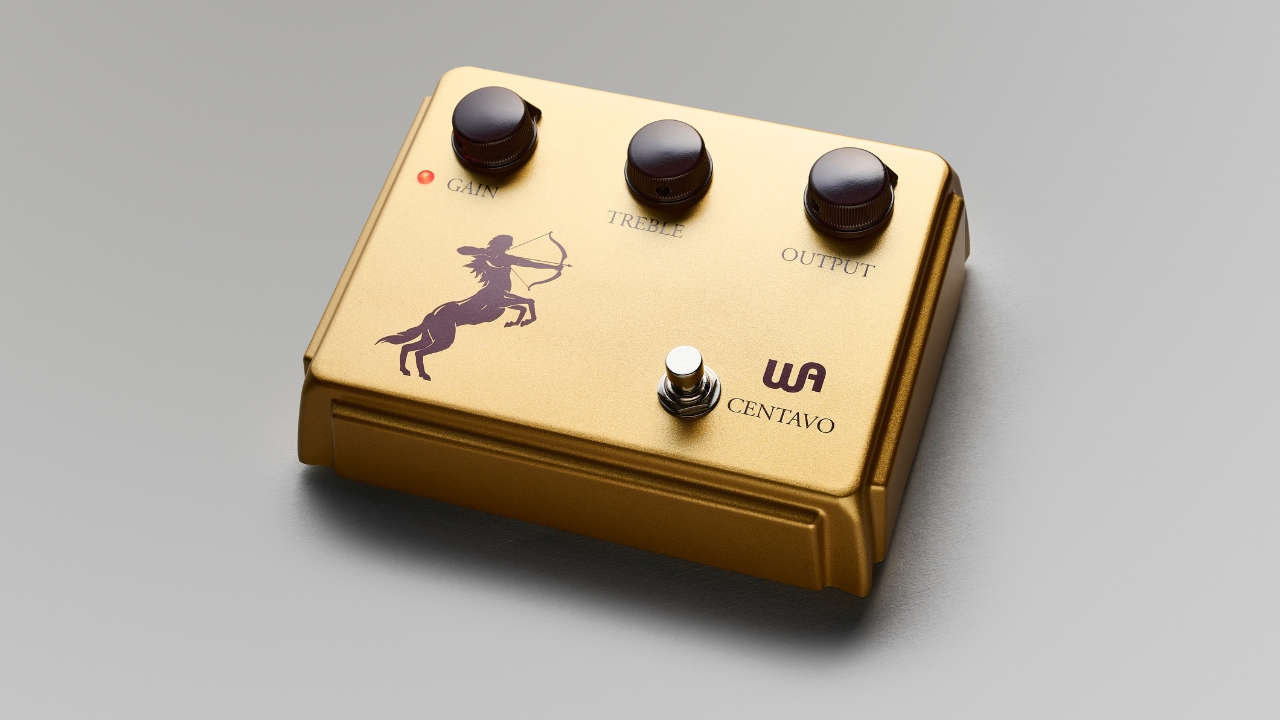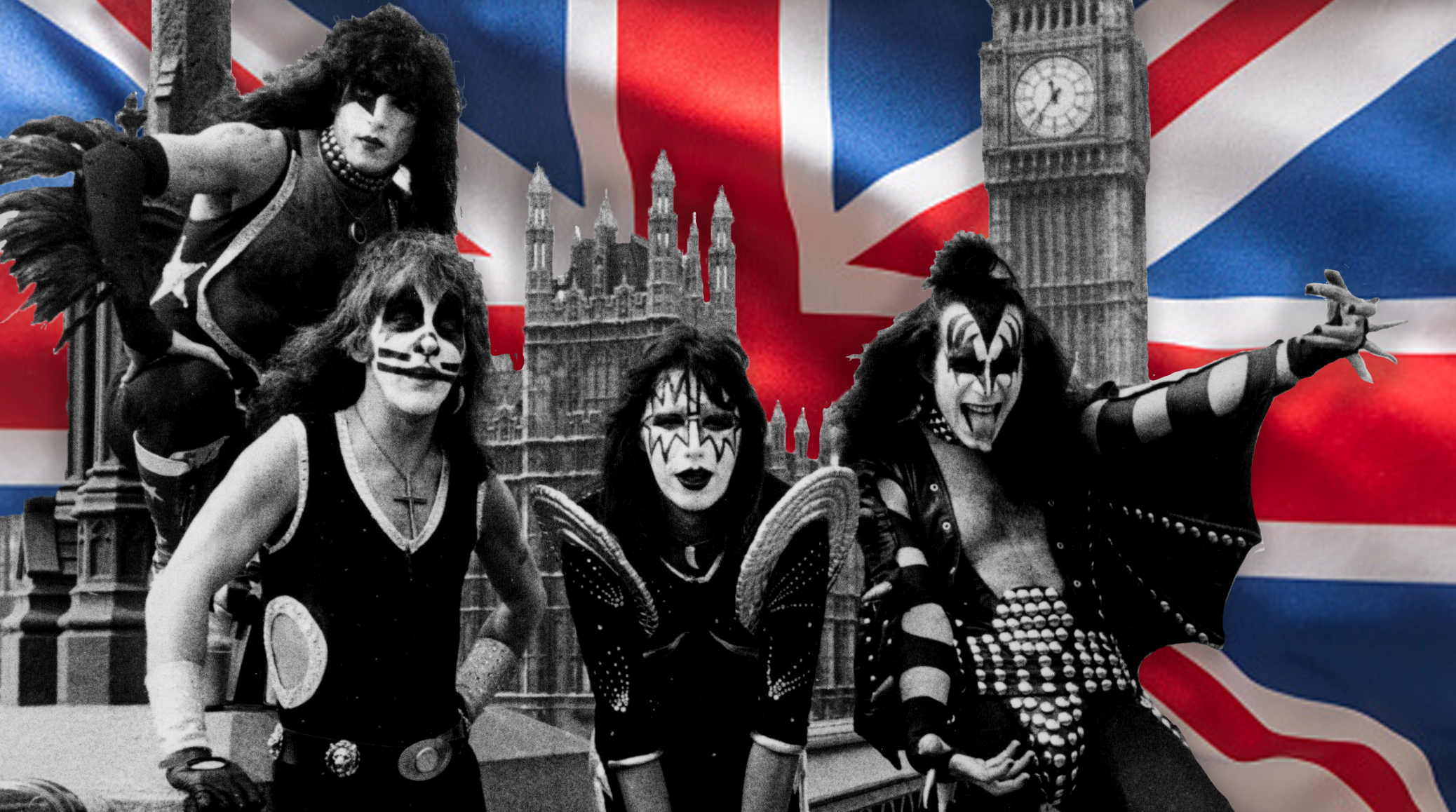Best Telecasters 2025: Top-Rated Fender Teles for All Players
Shopping around for a Fender Telecaster? Here’s a list of our top choice Teles from Fender and Squier

The original (some say the best) solidbody electric guitar design produced by Leo Fender and his team was developed in the late 1940s. Unveiled as the single-pickup Esquire in the spring of 1950, Fender introduced a dual-pickup model called the Broadcaster later that year. It was renamed the Telecaster in 1951 and has been in continuous production ever since. Throughout the decades, Fender’s groundbreaking “electric Spanish” guitar has continued to resonate with generation after generation of guitar players – and for good reason. If you’re in the market for one yourself, this guide to the best Telecasters is the place to start.
While other iconic axes such as the Gibson Les Paul Standard took years to evolve, it is often said that “Leo got it right first time” with the Telecaster. And though the Tele blueprint has been repeatedly modified to include such variations as the Custom, Thinline and Deluxe models, standard Teles still prove popular today. Testament to its utilitarian design, this dependable six-string has been an instrument of choice for pro guitarists across myriad genres from country, blues and jazz to funk, alt-rock and metal.
Right now, Fender offers an expansive range of Telecasters, including a substantial list of signature models. Demonstrating the Tele’s vast scope of creative possibilities, these include artists as diverse as Jim Adkins, James Burton, Britt Daniel, Chrissie Hynde, Christone “Kingfish” Ingram, Jason Isbell, Richie Kotzen, J Mascis, Brent Mason, Brad Paisley, Jimmy Page, Jim Root and Chris Shiflett.
But that’s just a fraction of what’s currently available in the Fender catalog. Ranging in price from around $200 to $3,000, Fender’s Telecaster lineup comprises single-coil and humbucker-loaded guitars in a plethora of finishes. Add to that an array of fingerboard and body materials plus several different neck profiles and it’s fair to say that us guitarists have never had it so good.
Best Telecasters: Guitar Player’s Choice
If you're looking for a 1950s-style Telecaster on a budget, it's hard to beat the Squier Classic Vibe ‘50s Telecaster. Whether you decide to upgrade it with aftermarket Tele pickups and hardware or keep everything stock, the Telecaster’s timeless appeal shines through with this authentic Fender design. It appears in a choice of two ‘50s-style finishes: Butterscotch Blonde and White Blonde.
We gave the mid-priced Fender Player Plus Telecaster an Editors’ Pick Award when we reviewed it in 2021. Retaining the classic Tele template, this axe has been adorned with modern appointments such as a super-comfy ribcage contour, locking tuners and Noiseless pickups. It also comes in a range of modern finishes (but if you still want one in Butterscotch Blonde, Fender has you covered.)
At the top of Fender’s Tele Tree sits the Brent Mason Telecaster. Based on the Grammy-winning studio legend’s heavily modified 1967 Fender Telecaster that has graced so many hit records, this multi-voiced session tool is a veritable Swiss Army knife of tone. Featuring a trio of Seymour Duncan pickups with custom controls and a Glaser Bender system, the Brent Mason model is a serious asset to any recording guitarist.
Best Telecasters: Product Guide
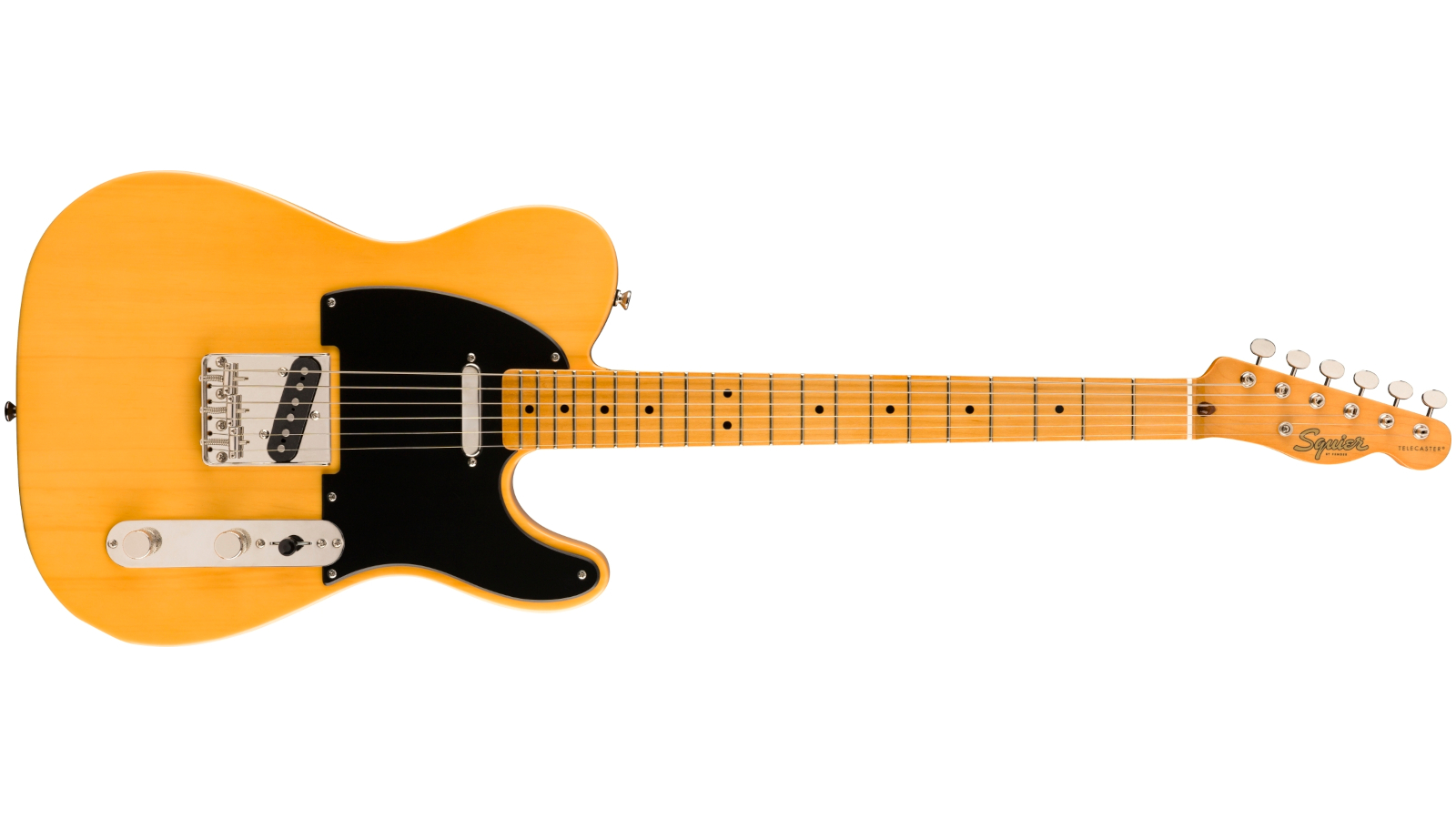
1. Squier Classic Vibe ‘50s Telecaster
Our expert review:
Specifications
Reasons to buy
Reasons to avoid
Fender’s Squier Classic Vibe range draws on their rich heritage of groundbreaking guitar design and offers some of the best vintage-inspired electric solidbodies money can buy. Highly regarded by pro players and beginners alike, the Classic Vibe Squiers easily hold their own against some of Fender’s more expensive instruments and represent incredible value for money.
Harking back to Fender’s original design, the ‘50s Telecaster comes in a choice of two finishes: early ‘50s era Butterscotch Blonde and the paler White Blonde finish seen from the mid ‘50s onwards.
Featuring a pine body (as per some rare, very early examples) and maple neck, this budget-friendly model has been decked out with vintage-style appointments such as a tinted gloss neck finish and nickel-plated hardware.
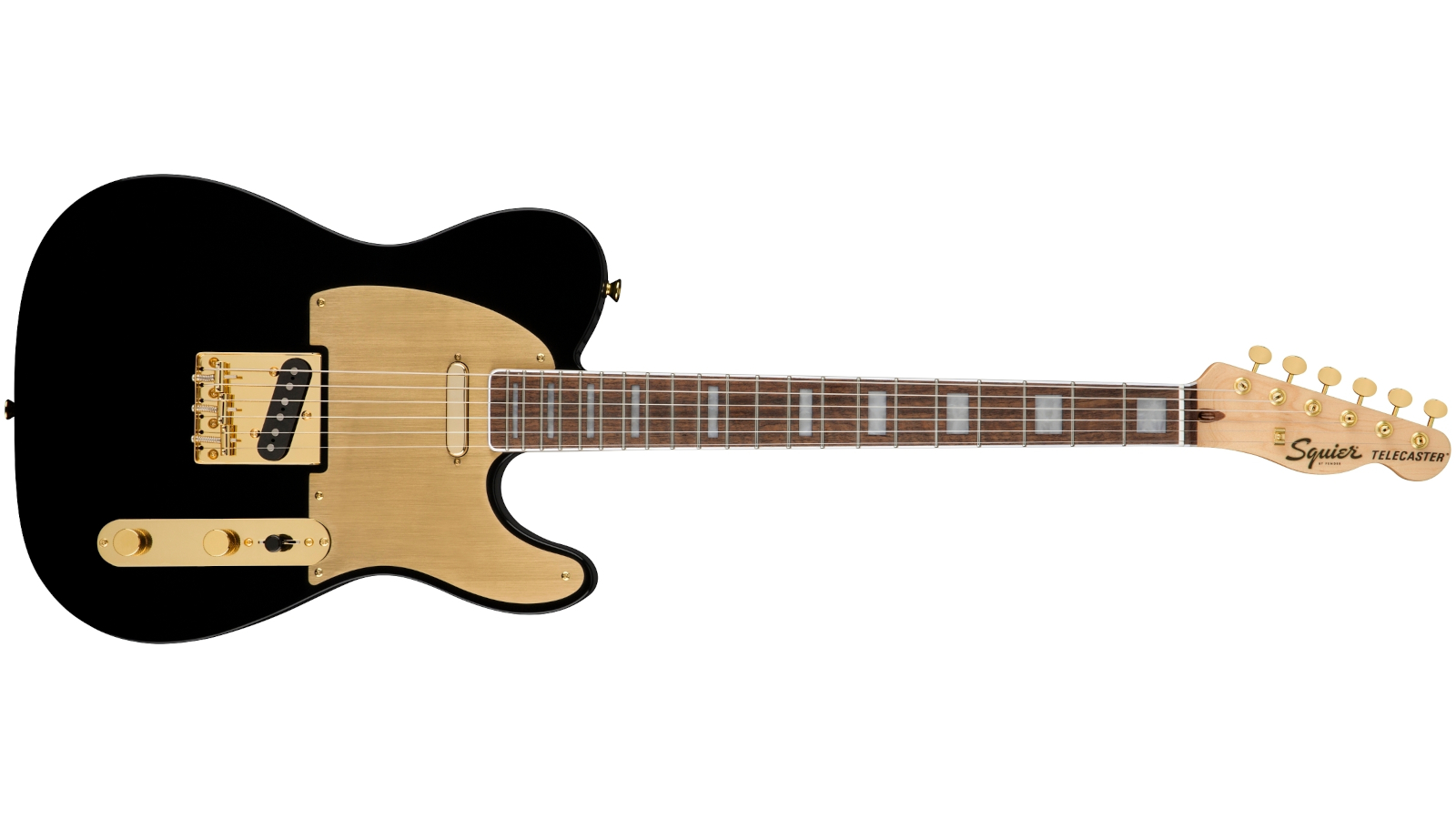
Specifications
Reasons to buy
Reasons to avoid
Last year, Squier celebrated its 40th anniversary. To mark the occasion, Fender launched a series of commemorative models, and when GP received a Squier 40th Anniversary Telecaster Gold Edition for review we were mighty impressed.
Delivering serious bang-for-the-buck, this Tele is a great choice for anyone looking to buy a reliable, gig-worthy instrument that will turn heads on stage. Appearing in Black and Sherwood Green Fender custom color-style finishes, this audacious design boasts gold-plated hardware, pearloid block inlays and a bound Indian Laurel fretboard.
As per the Squier Classic Vibe ‘50s Telecaster, this guitar is fitted with a pair of Fender-designed Alnico single-coil pickups that sound clear and well-balanced. With plenty of output, they provide a range of sounds from typical Tele twang in the bridge to rounder, mellow jazz tones in the neck.
Read the full Squier 40th Anniversary Telecaster Gold Edition review
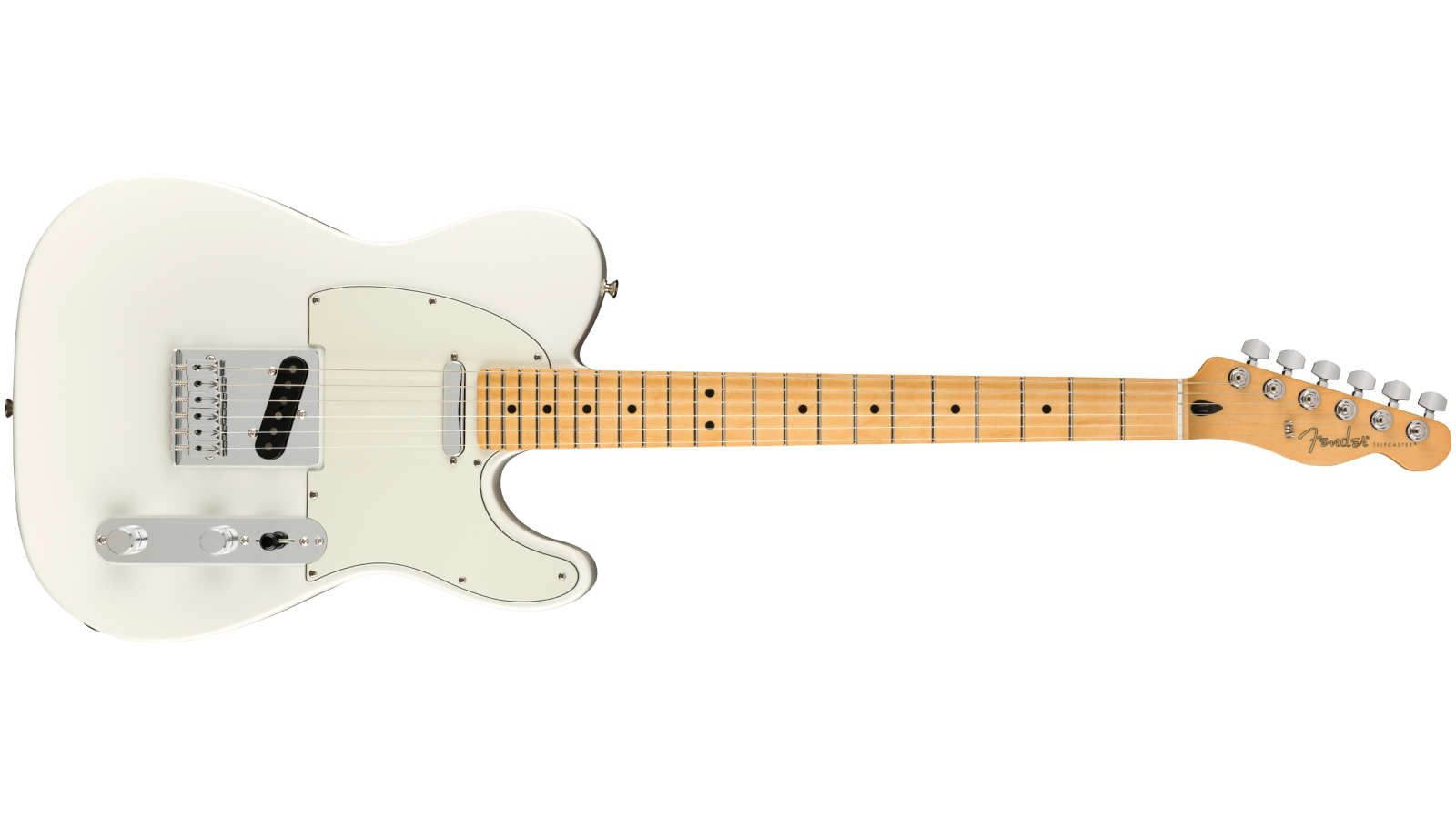
3. Fender Player Telecaster
Our expert review:
Specifications
Reasons to buy
Reasons to avoid
The Mexican-made Fender Player Telecaster superseded the long-running Standard Telecaster in 2018. While being handed the entry level Fender Tele baton, the Player model brings modern features to a traditional alder body/maple neck build.
A 9.5-inch radius fretboard with medium jumbo frets along with a modern C-profile neck offer a contemporary feel while a satin urethane finish provides smooth playing action. All seven choices of finish (see above) are available with maple ‘board guitars, although Pau Ferro instruments are offered in 3-Color Sunburst and Polar White only.
This updated design also features a 6-saddle string-through-body bridge with block steel saddles and a synthetic bone nut. Pickups include a dual set of Player Series Alnico 5 Tele Single-Coils (it’s worth noting Fender also offers a dual humbucker version called the Player Telecaster HH.)
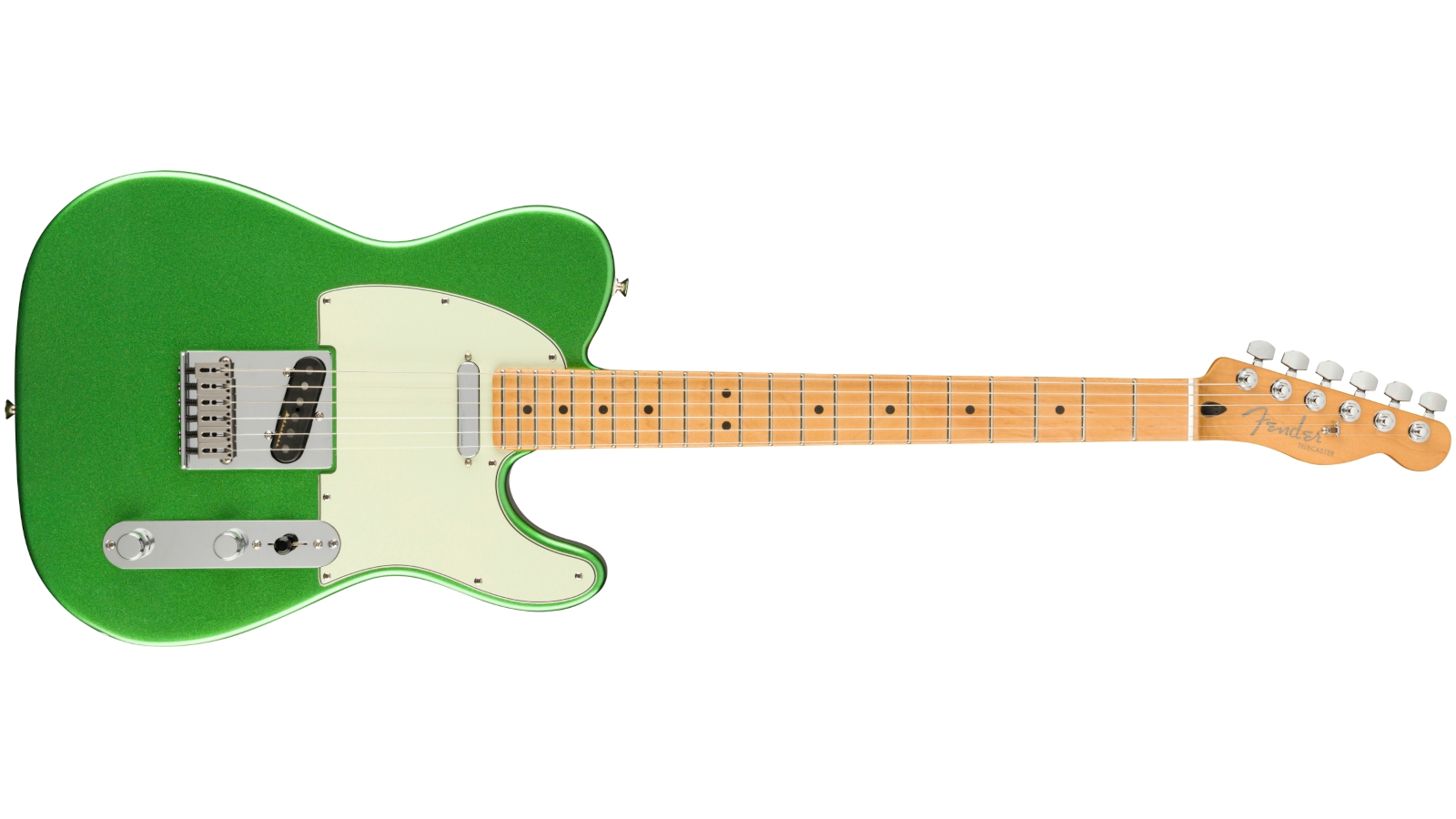
Specifications
Reasons to buy
Reasons to avoid
This decidedly modern take on the Fender Telecaster received a well-earned Editors’ Pick Award when we reviewed it in 2021. This do-it-all Tele is likely to perform well on any stage and is capable of outshining similar electric guitars multiple times its price.
The Fender Player Plus Telecaster comes in a choice of seven finishes (see above) – five are paired with maple fretboards while two (Fiesta Red and Silver Smoke) appear with Pau Ferro ‘boards. All variations feature 22 “Medium Jumbo” frets and a large 12-inch radius for smooth, choke-free bends.
A pair of Player Plus Noiseless Tele pickups give all the traditional tones you would hope for, albeit without the hum. In addition to a standard three-way selector switch and master volume knob, a push/pull master tone control allows for thicker-sounding series configuration.
Read the full Fender Player Plus Telecaster review
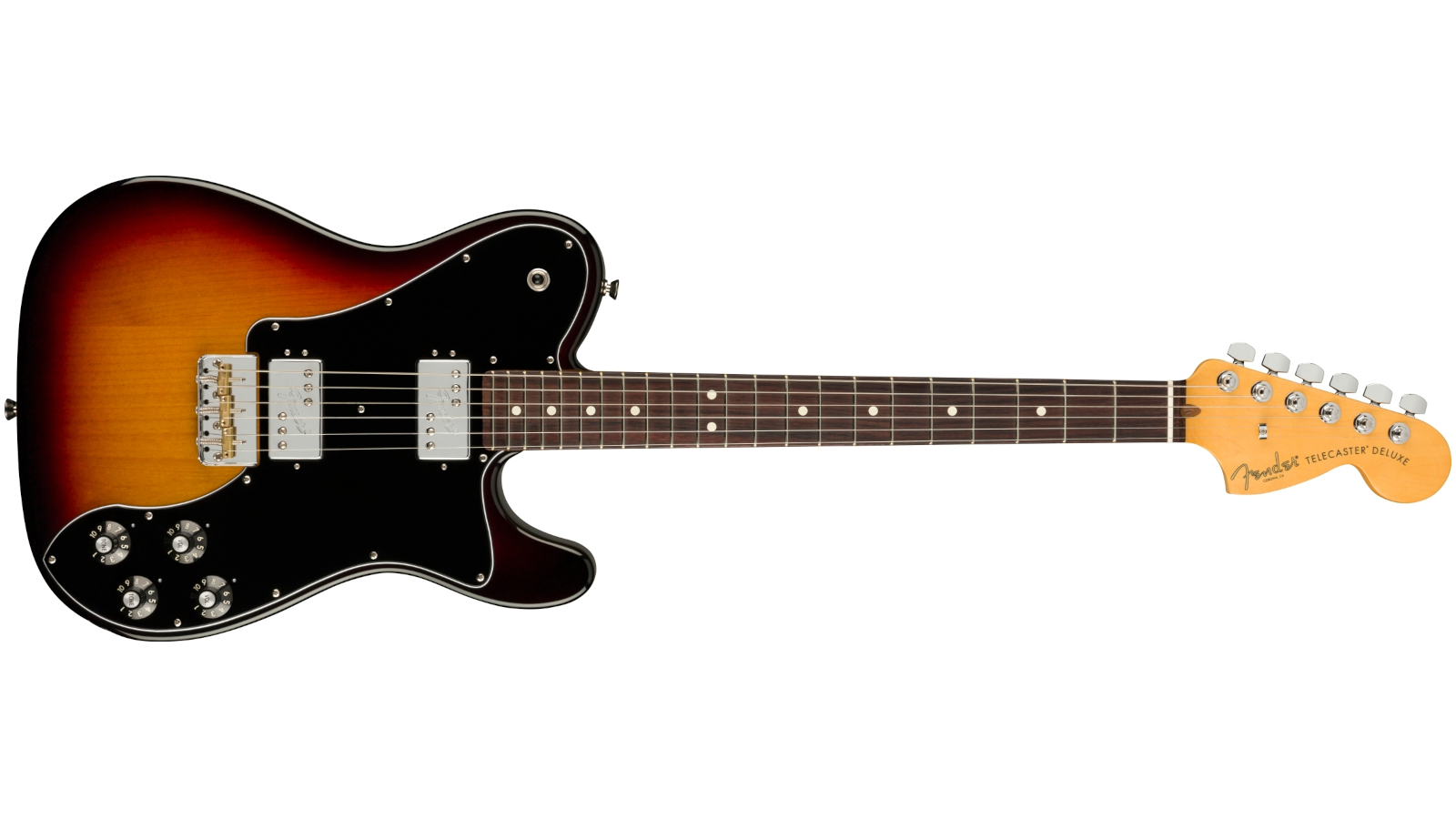
Specifications
Reasons to buy
Reasons to avoid
The Fender American Professional II Telecaster Deluxe is based on the original dual Seth Lover-designed Wide Range humbucker variant that was released in 1973 and topped the Tele price list for several years during the ‘70s hard rock era.
Hard rock the Fender American Professional II Telecaster Deluxe certainly can do, but with its game-changing V-Mod II Double Tap humbucking pickups players can also access some very usable split/single-coil sounds via the instrument’s push/pull tone pots. A treble bleed circuit prevents the signal from losing clarity when backing off volume.
Sporting one of the comfiest necks in the Fender catalog, the hand-rolled fingerboard edges and satin finish provide a driftwood-smooth feel. Maple ‘board guitars are available in Olympic White, Mystic Surf Green and Miami Blue finishes while rosewood ‘board instruments feature 3-Color Sunburst, Mercury and Dark Night finishes.
Read our full Fender American Professional II Telecaster Deluxe review
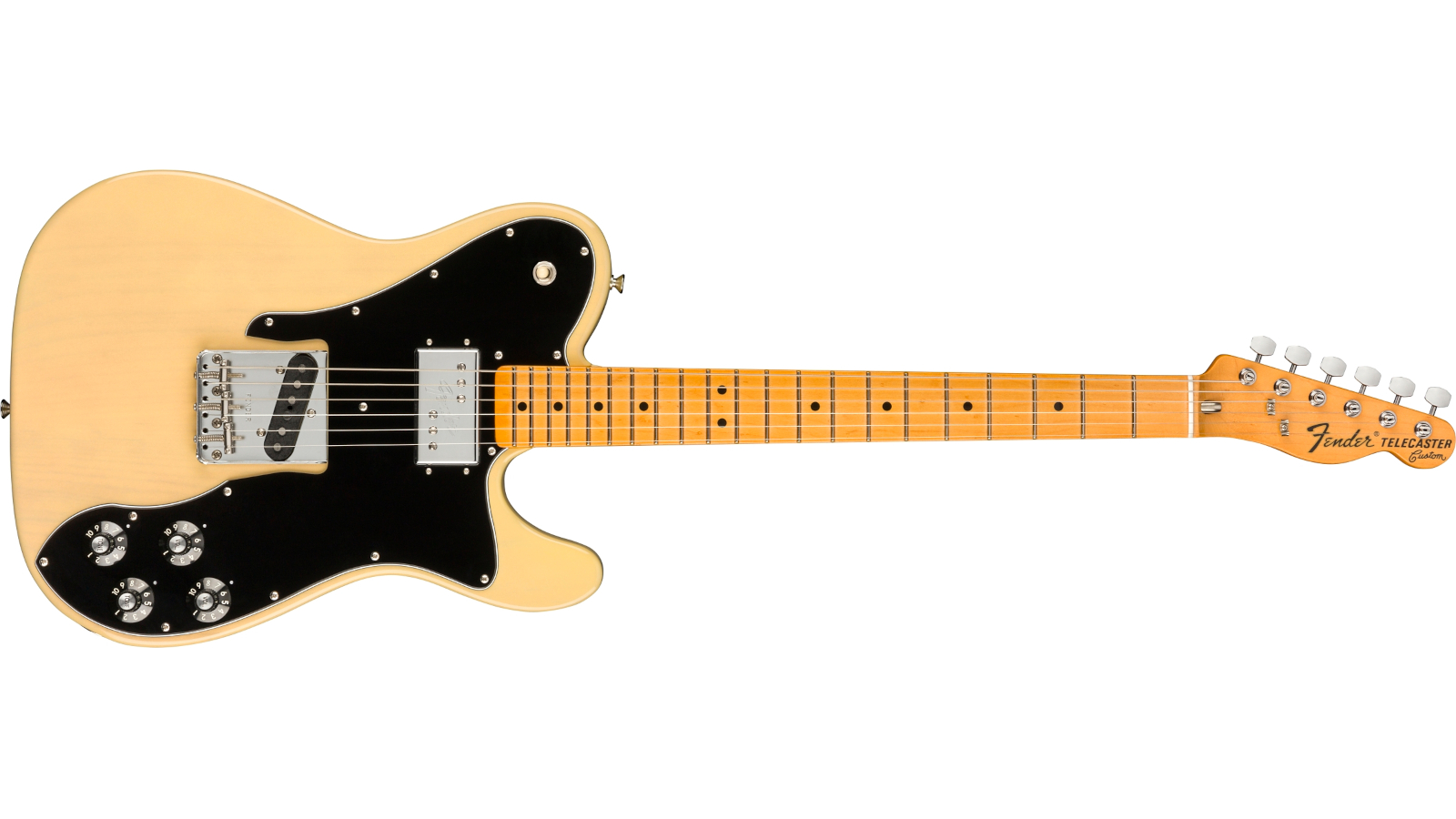
Specifications
Reasons to buy
Reasons to avoid
The Fender American Original 70s Telecaster Custom is notable for its CuNiFe magnet-loaded Wide Range humbucker neck pickup. Coveted by tone hounds and worth several hundred bucks on the vintage market, this long out-of-production, Seth Lover-designed unit was recently resurrected by pickup guru Tim Shaw.
Featuring an authentic Wide Range ‘bucker in the neck and a regular Tele pickup in the bridge, the second iteration of the Telecaster Custom appeared in 1972, superseding the original dual-single-coil, bound-body, sunburst model that debuted in 1959.
Staying true to this Keith Richards-endorsed ‘70s Fender classic, the American Original 70s Telecaster Custom features original-era body radii and vintage-style hardware including “F” logo tuners and a bullet truss rod. 3-Color Sunburst guitars appear with rosewood ‘boards while Vintage Blonde and Mocha instruments are offered with maple ‘boards.
Read the full Fender American Original 70s Telecaster Custom review
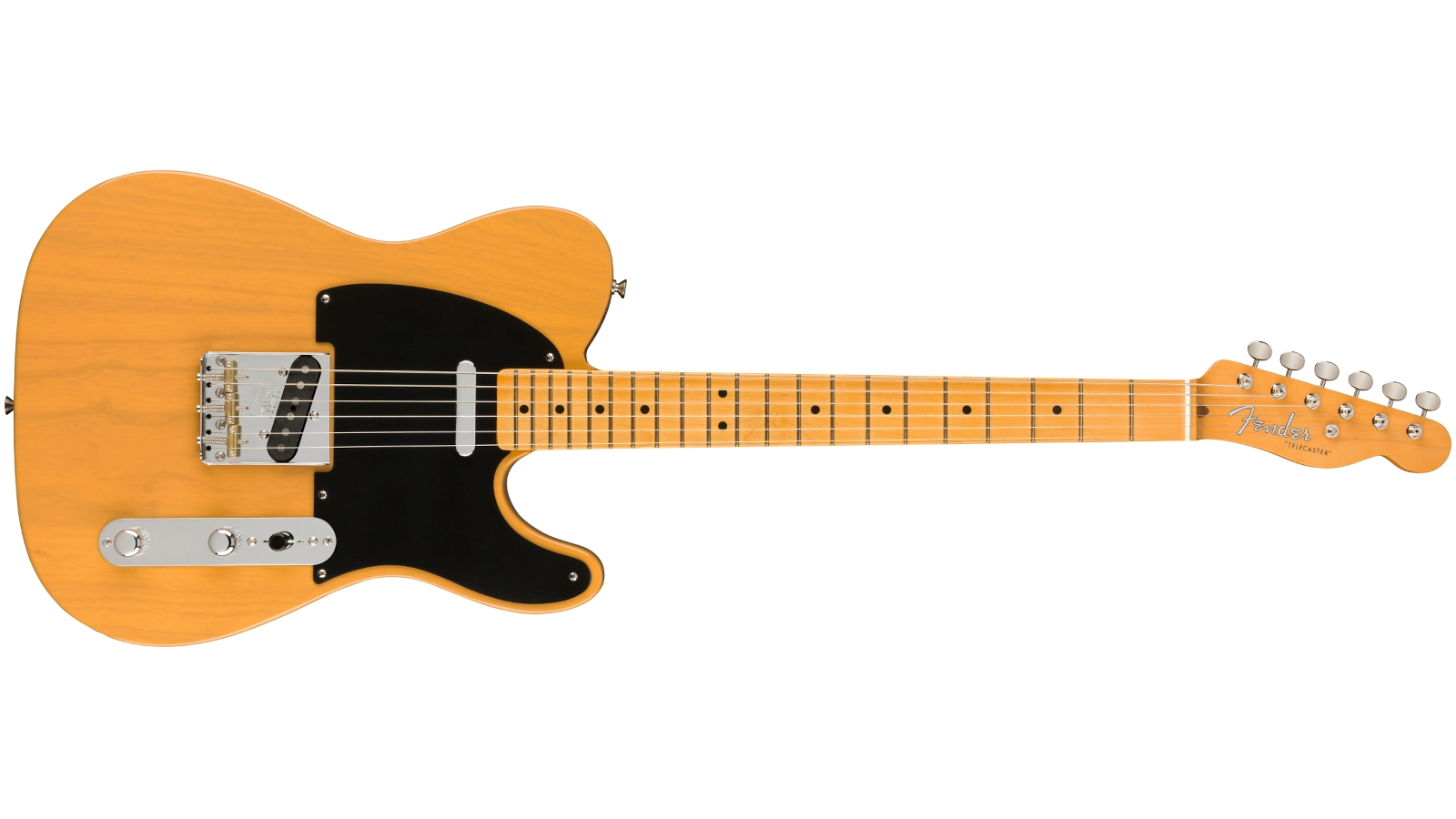
7. Fender American Vintage II 1951 Telecaster
Our expert review:
Specifications
Reasons to buy
Reasons to avoid
Last year we saw Fender return to form with the American Vintage II series. “The idea was to go back to the original recipes and make sure we’re adhering to them,” said Justin Norvell, executive vice president of Fender products.
While the new American Vintage II series offers a generous selection of vintage-correct Teles (including a ‘60s-style rosewood ‘board guitar and three humbucker-equipped ‘70s instruments) we thought the 1951 reissue was a beautifully rendered version of the original Telecaster.
From the ash body and Butterscotch Blonde nitro finish to the specially voiced pickups and U-profile fretted maple neck, this Blackguard recreation is about as good as it gets. Finishing touches include vintage-style hardware, much of it still manufactured on the same ‘50s and ‘60s era Fender factory machines.
Read the full Fender American Vintage II 1951 Telecaster review
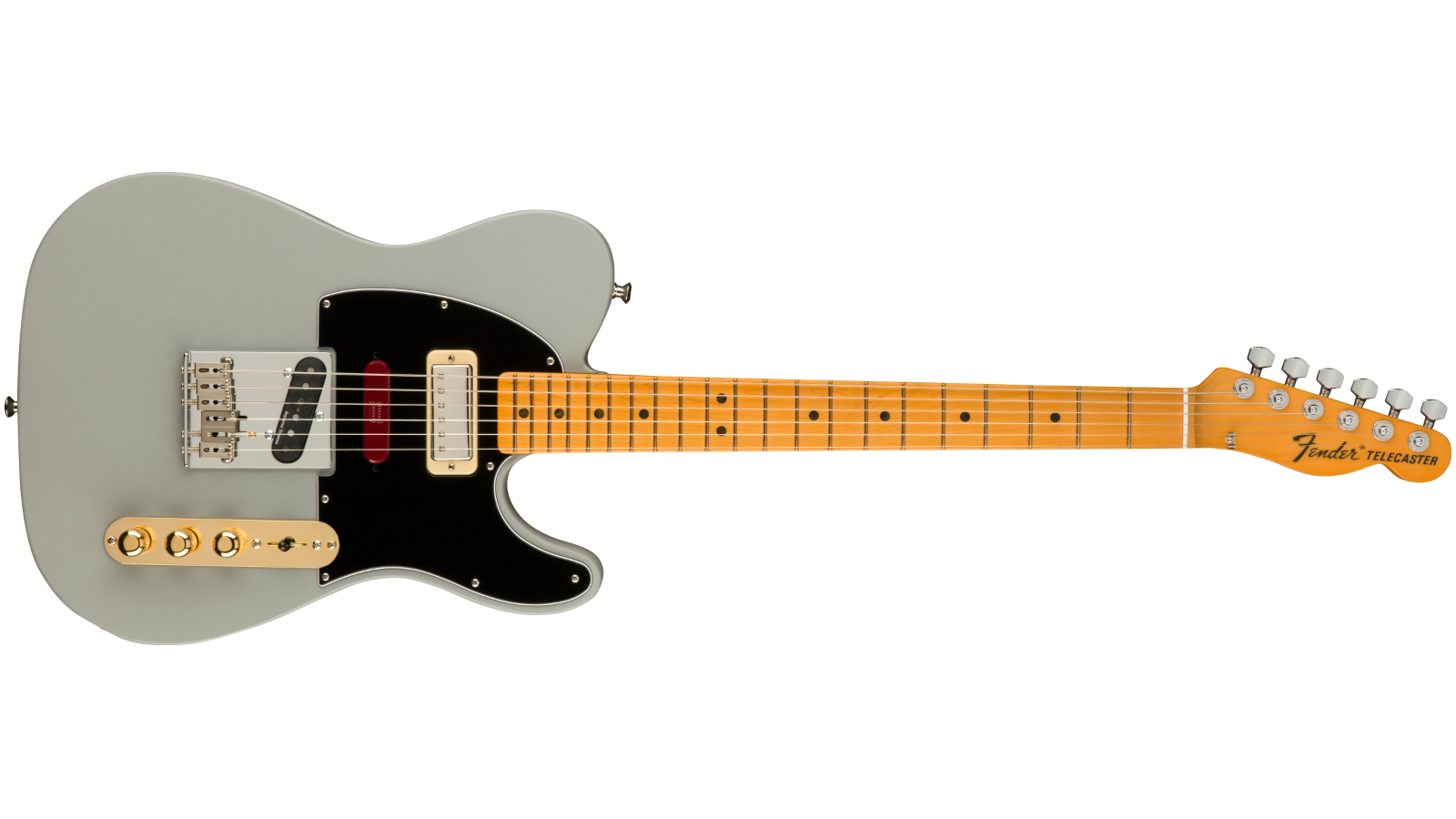
Specifications
Reasons to buy
Reasons to avoid
The Fender Brent Mason Telecaster appears in a unique Primer Gray satin lacquer finish and is a sonic smorgasbord of classic and modern tones. Modelled after the studio session star’s very own Tele, this unique build boasts a trio of Seymour Duncan pickups comprising a Vintage Stack Tele STK-T3B in the bridge, a Hot Stack Strat STK-S2 in the middle, and a Vintage Mini HB in the neck.
A three-way switch provides standard bridge/bridge & neck/neck pickup selection while a push/pull master tone switch de/activates the middle pickup (which can be controlled using its own volume knob.)
Customized hardware includes Sperzel locking tuners for outstanding tuning stability and rapid string changes while a Glaser Bender system allows players to mimic those classic steel-guitar sounds. Includes deluxe hardshell case.
Read the full Fender Brent Mason Telecaster review
Best Telecasters: Buying Advice
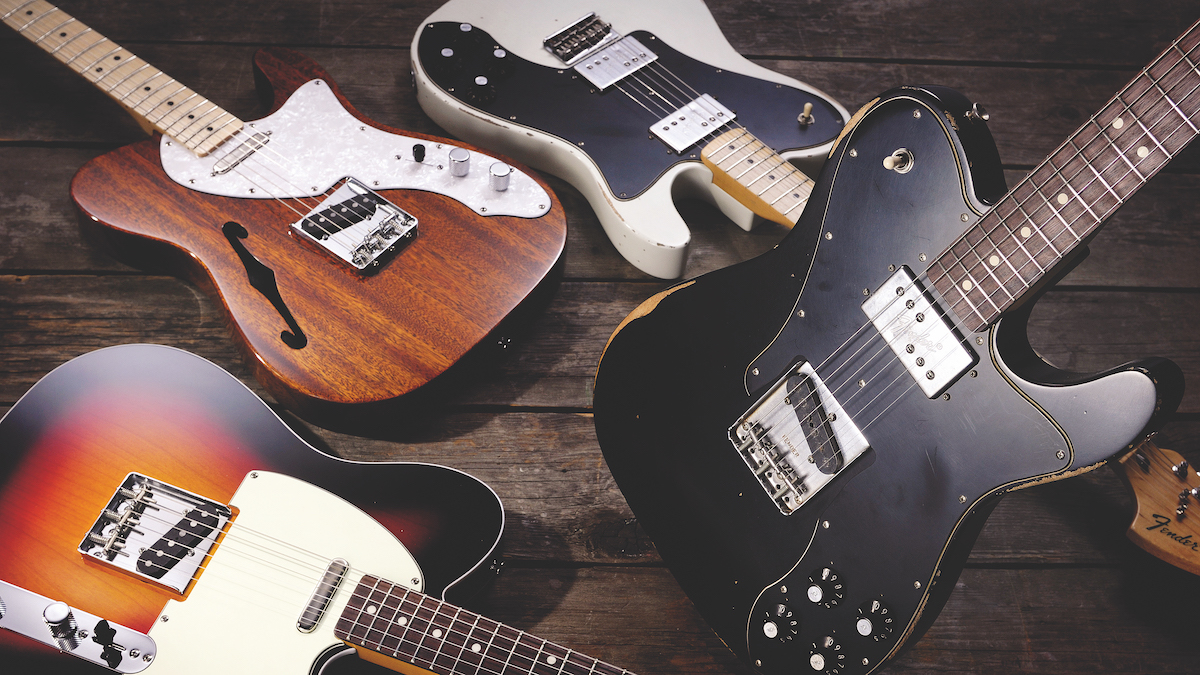
Why Consider a Squier Telecaster?
Combining time-honored Fender design with cost-effective builds, Squier Telecasters promise great looks, sound and feel for less than $500.
Given their low price, many question the ability of Squier Telecasters to deliver. However, modern CNC manufacturing technology has enabled factories to reproduce these perennially popular guitars with astounding consistency and strict adherence to quality, wherever the location.
Whether shopping for a beginner’s guitar, modding platform or backup axe, those looking for a less expensive Telecaster would do well to explore the Squier ranges. At the bottom end, these currently include the $199 Bullet guitars, closely followed by the Affinity Series.
However, if your budget allows, we recommend stepping up a rung on the ladder to Squier’s highly acclaimed Classic Vibe and 40th Anniversary instruments. These vintage-style six-strings represent some of the best value electric guitars on the market.
And if you’re after something at the opposite end of the spectrum to vintage-style Telecasters, the Contemporary range boasts a high-performance dual-humbucker model. There’s even a soapbar pickup-loaded Baritone Cabronita Telecaster sitting in the Paranormal range.
Telecaster Fingerboard Material
You can trust Guitar Player.
Fender currently offers dozens of different Telecasters. But it wasn’t always this way. For most of the ‘50s, customers had a simple choice of either a single-pickup Esquire or a double-pickup Telecaster. But in 1959, Fender introduced a fancier version with body binding and a sunburst finish called the Esquire/Telecaster Custom. That year, rosewood fingerboards became standard on all Fender models, creating an important distinction between typical ‘50s and ‘60s Teles.
Though a player’s fingers are not in full contact with a fingerboard (being directly in touch with a string suspended on a fret) many believe they can feel the difference between fretboard materials. Meanwhile, a great number of guitarists maintain they can hear the difference between fingerboard types. Furthermore, some guitar experts argue it’s all about the look.
When shopping for a new guitar, we recommend paying attention to those three main things: looks, sound and feel (it usually appears in that order too!).
Whatever your taste in Teles, Fender has you covered with an extensive choice ranging from traditional maple and rosewood to ebony, pau ferro and Indian laurel.

Telecaster Body Material
The Telecaster Custom was also notable for its alder body. Fender started using alder instead of ash in 1956, with the exception of guitars sporting a Blonde finish. Thus, regular Blonde Telecasters continued to be made with ash bodies – the transparent finish showing off the wood’s natural figuring. Again, some players insist they can hear a difference between the two woods.
“If you’re sitting in your house playing at low volume you might like ash better, because it has more of a full-range sound,” offers Mike Lewis, VP of product development at Fender Custom Shop. “You get more lows, a softer, sweeter midrange and the highs are kind of tinkly.
“Whereas alder has a little bit more midrange. It might seem to be more one dimensional in that type of setting, but when you get on stage and the drummer’s playing you might hear the alder better – it might cut through better because it has more midrange. That’s what I hear.”
And who are we to argue?
The decades-long debate about the sonic characteristics of ash and alder continues today. However, Fender now builds Telecasters using a much greater variety of body materials including basswood, mahogany, spruce, Paulownia and pine.
Telecaster Neck Shape
When it comes to feel, neck shape is probably the most significant factor when choosing a guitar. Telecasters appeared with a variety of neck shapes over the decades, beginning with the decidedly chunky profiles of the early ‘50s (as per the U-shape neck of the American Vintage II 1951 Telecaster.)
The majority of Fender Telecasters appear with C-shape necks. These are generally not as deep as others and suit most guitar players very well.
V-shape necks appeared in 1956 and are favored by many guitarists. Right now, the Kingfish Telecaster Deluxe and Brad Paisley signature models are fitted with V-profile necks, as are the JV Modified Teles.
D-shape necks are currently the reserve of Fender’s high-end American Ultra Telecasters. Described as “slim with wide shoulders,” these super smooth necks feature rolled fingerboard edges and a silky satin finish.
Tele Pickups
Telecasters are known for their clean single-coil cut and twang, though they are capable of producing some pretty raunchy tones too (Jimi Hendrix recorded the “Purple Haze” and “Fire” solos with a Tele, while Jimmy Page used one to track Led Zeppelin’s first album, for example.)
Although the Telecaster’s controls were altered a few times, the pickup configuration remained virtually the same for the first 20 years or so. But when Seth Lover – electronics engineer and designer of the Gibson PAF humbucker – joined Fender, he famously brought his pickup design skills into the ‘70s hard rock era with the Wide Range humbucker.
This unique pickup appeared on two models that debuted in the earlier part of the decade: the revamped Telecaster Custom and the Telecaster Deluxe. While the ‘70s Custom combined a regular Tele bridge pickup with a Wide Range unit in the neck position, the Deluxe was fitted with two of Fender’s new humbuckers.
Introduced earlier in 1968, the semi-hollow Telecaster Thinline was reworked with a dual set of ‘buckers in 1971.
Proving popular today as an alternative to Telecasters with regular single-coil pickups, thicker-sounding humbucker-loaded Teles are currently available across the Fender line at various price points.
These days, Fender offers a huge range of Telecasters with uniquely voiced pickups. From Noiseless and active EMGs to soapbars and gold-foils, there’s something to suit all styles of music.
Read more on how we test gear here at Guitar Player.
Related Buyer's Guides
- Best Electric Guitars Under $1,000: Fender, Epiphone, Gretsch And More
- Best Electric Guitars Under $500: Budget Axes To Suit All Players
- Best Tube Amps: Perfect Pairings For Your Tele
Get The Pick Newsletter
All the latest guitar news, interviews, lessons, reviews, deals and more, direct to your inbox!
Rod Brakes is a music journalist with an expertise in guitars. Having spent many years at the coalface as a guitar dealer and tech, Rod's more recent work as a writer covering artists, industry pros and gear includes contributions for leading publications and websites such as Guitarist, Total Guitar, Guitar World, Guitar Player and MusicRadar in addition to specialist music books, blogs and social media. He is also a lifelong musician.
"We tried every guitar for weeks, and nothing would fit. And then, one day, we pulled this out." Mike Campbell on his "Red Dog" Telecaster, the guitar behind Tom Petty & the Heartbreakers' "Refugee" and the focus of two new Fender tribute models
“A good example of how, as artists, you have to blindly move forward with crazy ideas”: The story of Joe Satriani’s showstopping Crystal Planet Ibanez JS prototype – which has just sold for $10,000

